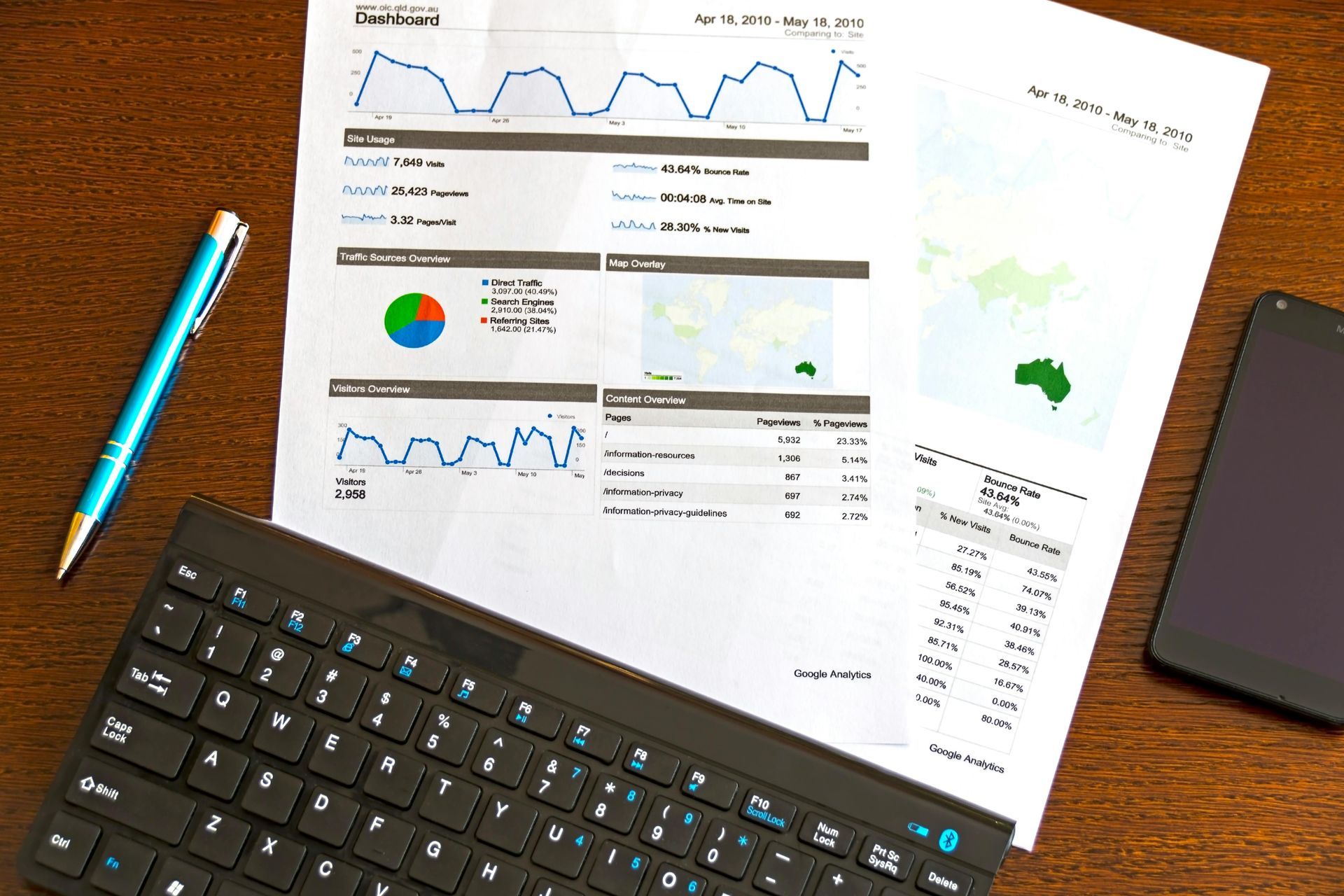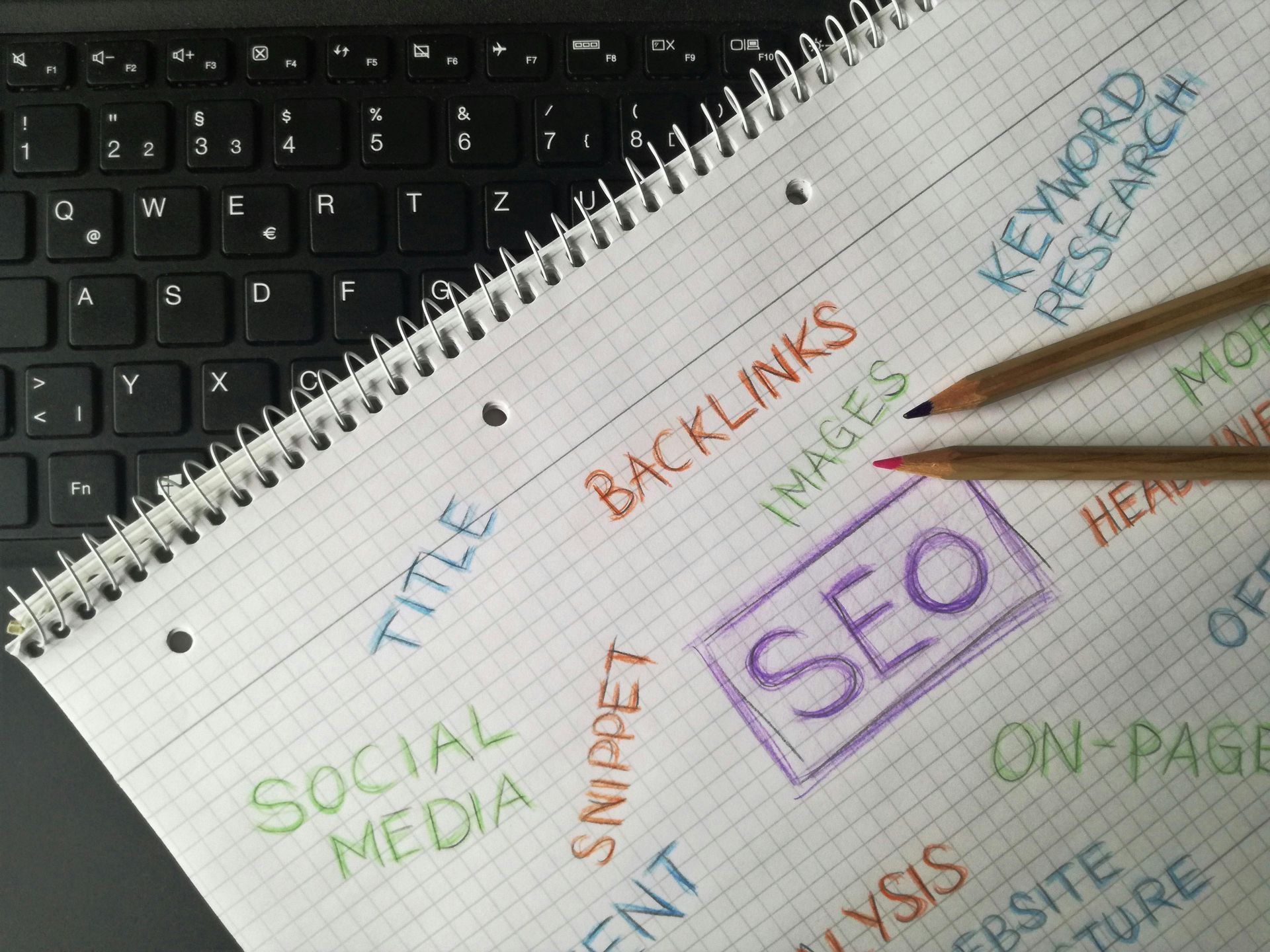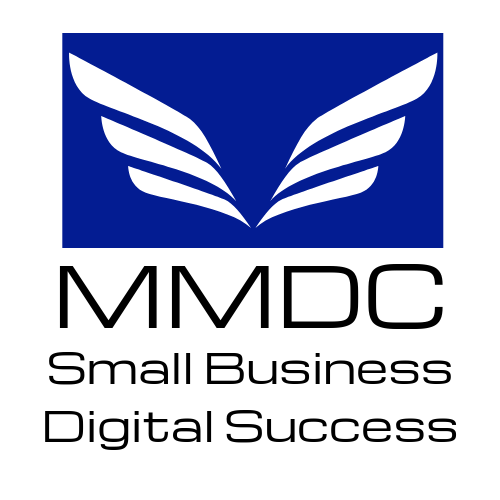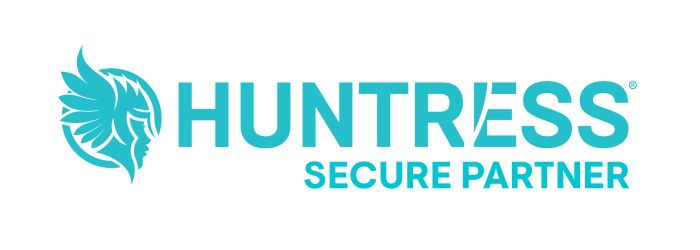Paid vs. Organic Traffic for Different Industries
Understanding the Pros and Cons of Paid and Organic Traffic Across Various Sectors
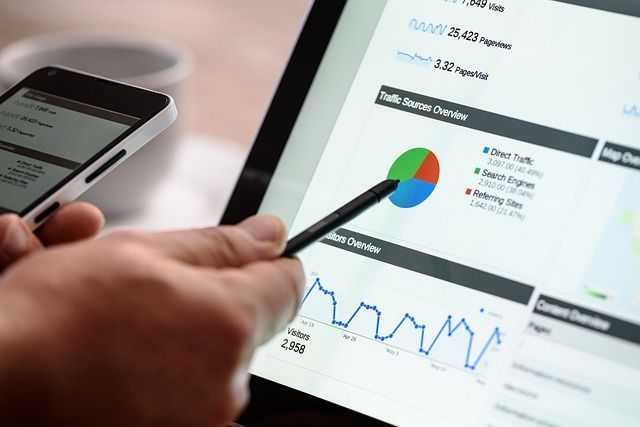
In digital marketing, driving traffic to your website is crucial for business success. The primary methods for achieving this are paid and organic traffic. Each approach has its unique advantages and disadvantages, depending on the industry. Understanding these differences can help businesses make informed decisions about their marketing strategies.
What is Paid Traffic?
Paid traffic refers to visitors who come to your website through paid advertisements. These can include pay-per-click (PPC) ads, display ads, social media ads, and other forms of online advertising. Paid traffic provides immediate visibility and can be highly targeted, allowing businesses to reach specific audiences quickly.
What is Organic Traffic?
Organic traffic, on the other hand, consists of visitors who find your website through unpaid search results. This is typically achieved through search engine optimization (SEO), content marketing, social media engagement, and other strategies that improve your site’s visibility in search engines over time. Organic traffic builds gradually but can be more sustainable and cost-effective in the long run.
Paid vs. Organic Traffic in Different Industries
E-commerce
- Paid Traffic: For e-commerce businesses, paid traffic can drive immediate sales, especially during peak shopping seasons. PPC campaigns and social media ads can target specific demographics, showcasing products directly to potential customers. This is particularly beneficial for launching new products or promotions.
- Organic Traffic: SEO and content marketing are crucial for e-commerce as well. High-quality product descriptions, blog posts, and reviews can improve search rankings, driving consistent traffic. Building a solid organic presence helps in establishing brand trust and loyalty.
Healthcare
- Paid Traffic: Healthcare providers can use paid traffic to promote services, reach specific patient demographics, and advertise new treatments or facilities. Google Ads and social media platforms can target users based on health interests and conditions.
- Organic Traffic: Organic traffic is vital for healthcare due to the trust and credibility associated with high search rankings. Patients often search for information on symptoms, treatments, and healthcare providers. Investing in SEO and producing authoritative content can position a healthcare provider as a trusted source of information.
Real Estate
- Paid Traffic: In the real estate industry, paid traffic can generate immediate leads through targeted ads on search engines and social media platforms. These ads can showcase property listings, open houses, and virtual tours to potential buyers and renters.
- Organic Traffic: Organic traffic is equally important, as many people begin their property search with organic searches. Optimizing listings for local SEO, creating informative blog content about the housing market, and maintaining an active social media presence can attract a steady stream of organic visitors.
Hospitality
- Paid Traffic: Hotels and resorts benefit from paid traffic by promoting special deals, packages, and events. PPC and display ads can target travelers based on location, interests, and booking behaviors, driving immediate bookings.
- Organic Traffic: Building a robust organic presence is essential for hospitality businesses. Travelers often rely on search engines for reviews, destination guides, and booking options. SEO, along with engaging content and user-generated reviews, can significantly enhance organic traffic.
Technology
- Paid Traffic: tech companies can leverage paid traffic to launch new products, generate leads, and drive software downloads. PPC campaigns, display ads, and sponsored content can effectively target tech-savvy audiences.
- Organic Traffic: Organic traffic is crucial for long-term growth in the tech industry. Producing high-quality content, such as tutorials, case studies, and industry insights, helps build authority and attract a loyal audience over time.
Both paid and organic traffic play roles in digital marketing strategies across various industries. Paid traffic offers immediate results and precise targeting, making it ideal for time-sensitive campaigns and promotions. Organic traffic, while slower to build, provides sustainable growth and fosters trust and credibility.
By understanding the strengths and weaknesses of each approach, businesses can tailor their marketing strategies to their specific industry needs, ensuring a balanced and effective traffic generation plan.




